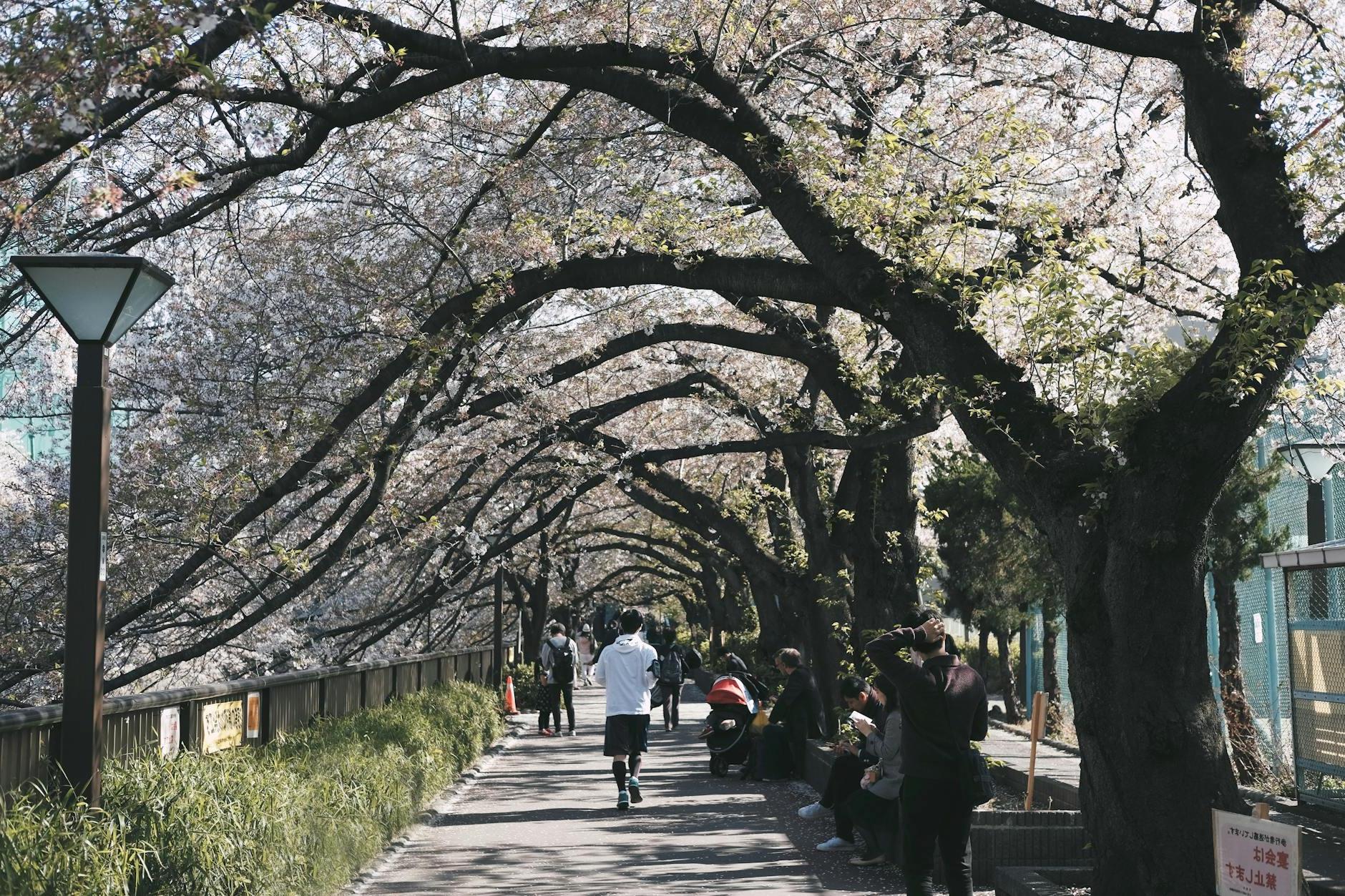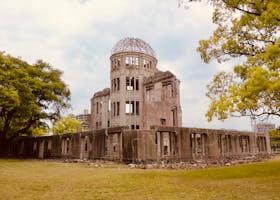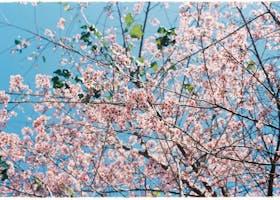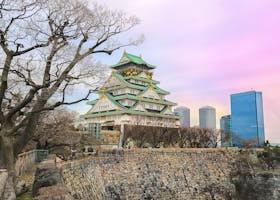10 Must-Visit Attractions in Tokyo: Unveiling Japan's Metropolitan Gems
Posted on June 3, 2024 • 12 minutes • 2431 words
Table of contents
Heading to Tokyo, you’re about to dive into a city where the future meets tradition, where neon-lit skyscrapers stand tall next to historic temples. This bustling metropolis, Japan’s capital, is a treasure trove of attractions, sure to enchant every traveler with its unique blend of cultural experiences and modern marvels. While spring, with its famous cherry blossoms, draws crowds from around the globe, Tokyo’s dynamic spirit ensures there’s something spectacular to do, see, and explore all year round. From mesmerizing gardens that offer a tranquil escape from the city’s hustle to cutting-edge technology parks, every corner of Tokyo tells a story worth discovering. In this article, we’ll guide you through 10 must-visit attractions in Tokyo that promise to unveil the metropolitan gems of Japan, ensuring your visit is nothing short of extraordinary. Whether you’re a food enthusiast, a culture buff, or a tech-savvy explorer, Tokyo’s diverse offerings will captivate your heart at any time of the year.
10 best things to see in Tokyo
10. Nezu Museum

When you’re exploring Tokyo, make sure to include the Nezu Museum in your itinerary, especially if you have a keen interest in Japanese and East Asian art. Nestled in the fashionable Aoyama district, this museum is not just about what’s on the inside. Its stunning traditional Japanese garden is a peaceful retreat from the bustling city. To get there, take the Tokyo Metro Chiyoda Line and alight at Omotesando Station. From there, it’s just a brief walk. Inside, you’ll find a remarkable collection of pre-modern Japanese and East Asian art. Another highlight is the museum’s architecture, blending traditional and modern elements seamlessly. Pay special attention to the special exhibitions, which often feature rare pieces from the extensive collection. Remember to check the museum’s schedule before you go, as it closes on Mondays and during the year-end holidays. Visiting the Nezu Museum offers a serene glimpse into Asia’s rich cultural history, making it a must-see spot in Tokyo.
9. Tokyo National Museum
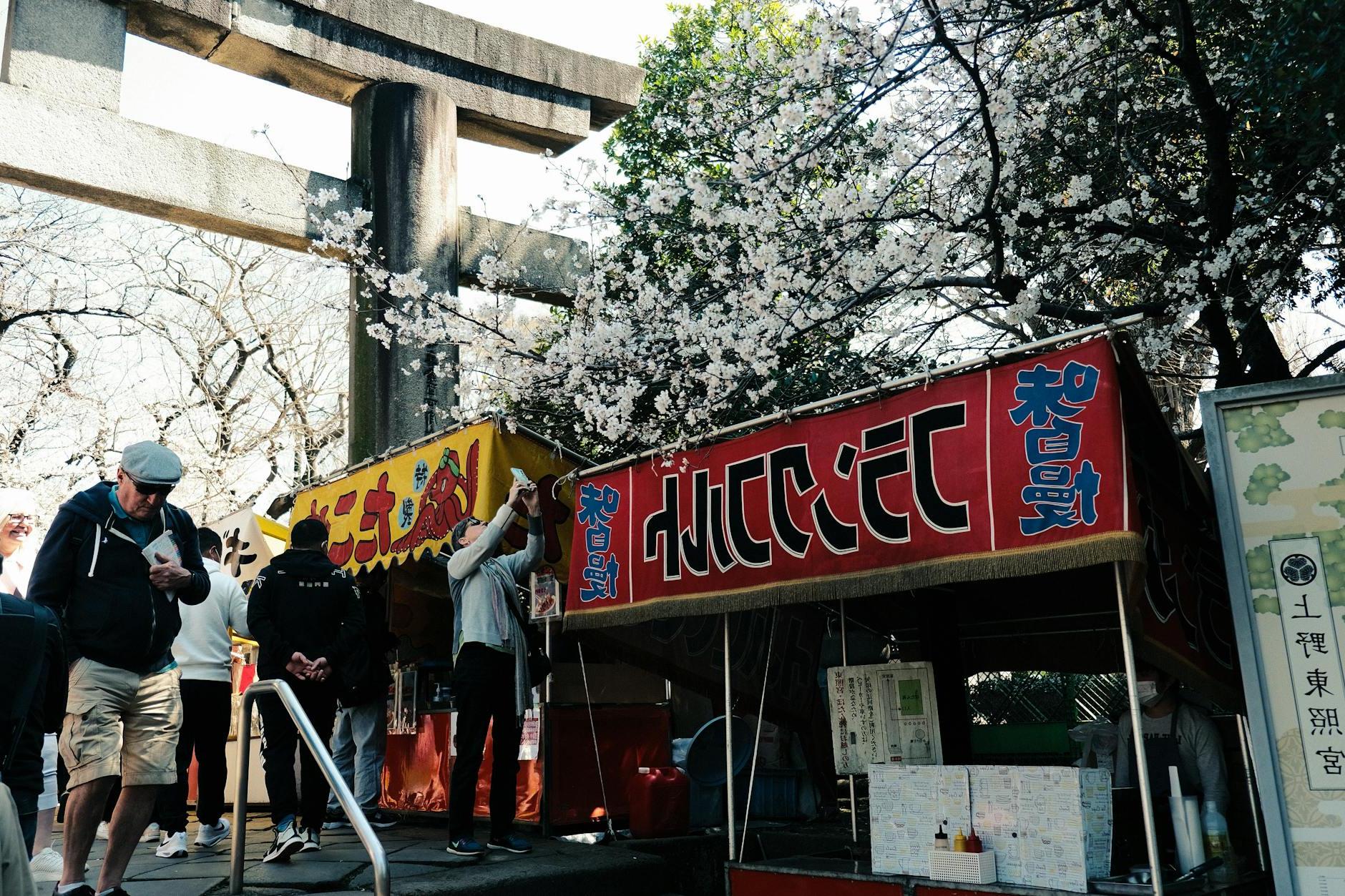
If you’re planning a trip to Tokyo, the Tokyo National Museum should top your list of must-visit places. Located in the picturesque Ueno Park, it’s not just the largest museum in Japan but a treasure trove of the country’s rich history and culture. The museum offers a vast array of art and archaeological relics that span from ancient times to the modern era, showcasing samurai armor, delicate pottery, elegant paintings, and much more. Getting there is a breeze; the Ueno Station is a convenient gateway as it’s served by several JR and Tokyo Metro lines, and from there, it’s just a short walk to the museum. Once inside, pay special attention to the Honkan (Japanese Gallery) for a deep dive into traditional Japanese art, and don’t miss the Gallery of Horyuji Treasures, where items from the world’s oldest surviving wooden structures and UNESCO World Heritage Site Horyu-ji Temple are displayed. Whether you’re a history buff, art enthusiast, or simply curious, the Tokyo National Museum offers an unrivaled glimpse into Japan’s heritage and is an experience you shouldn’t miss.
8. Shinjuku Gyoen National Garden
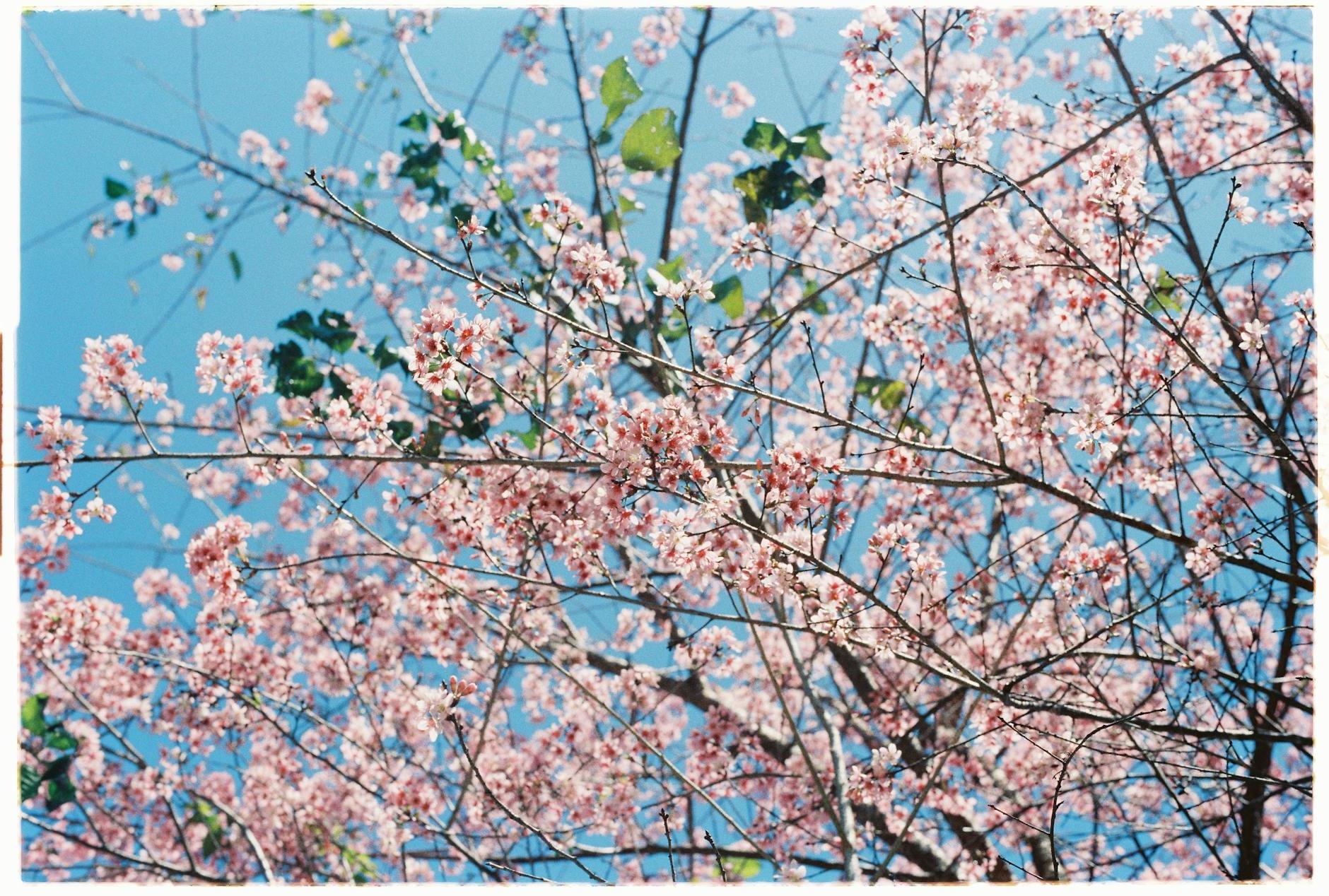
If you’re visiting Tokyo, make time for Shinjuku Gyoen National Garden - it’s a must-see! This sprawling oasis in the heart of the city offers a peaceful escape from Tokyo’s hustle and bustle. Picture this: traditional Japanese gardens, wide-open English landscapes, and picturesque French formal gardens, all in one place. Plus, during cherry blossom season, it’s absolutely breathtaking. Getting there is easy; it’s just a short walk from Shinjuku Station, one of Tokyo’s major transport hubs. Take the South Exit, and in about 10 minutes, you’ll be at the garden’s gates. Remember, there’s a small entrance fee, but it’s well worth it for the serenity and beauty inside. Don’t forget to check out the greenhouse for an impressive collection of tropical and subtropical flora. Whether you’re a nature lover, a photographer, or just looking for a quiet spot to unwind, Shinjuku Gyoen should definitely be on your Tokyo itinerary.
7. Tsukiji Outer Market
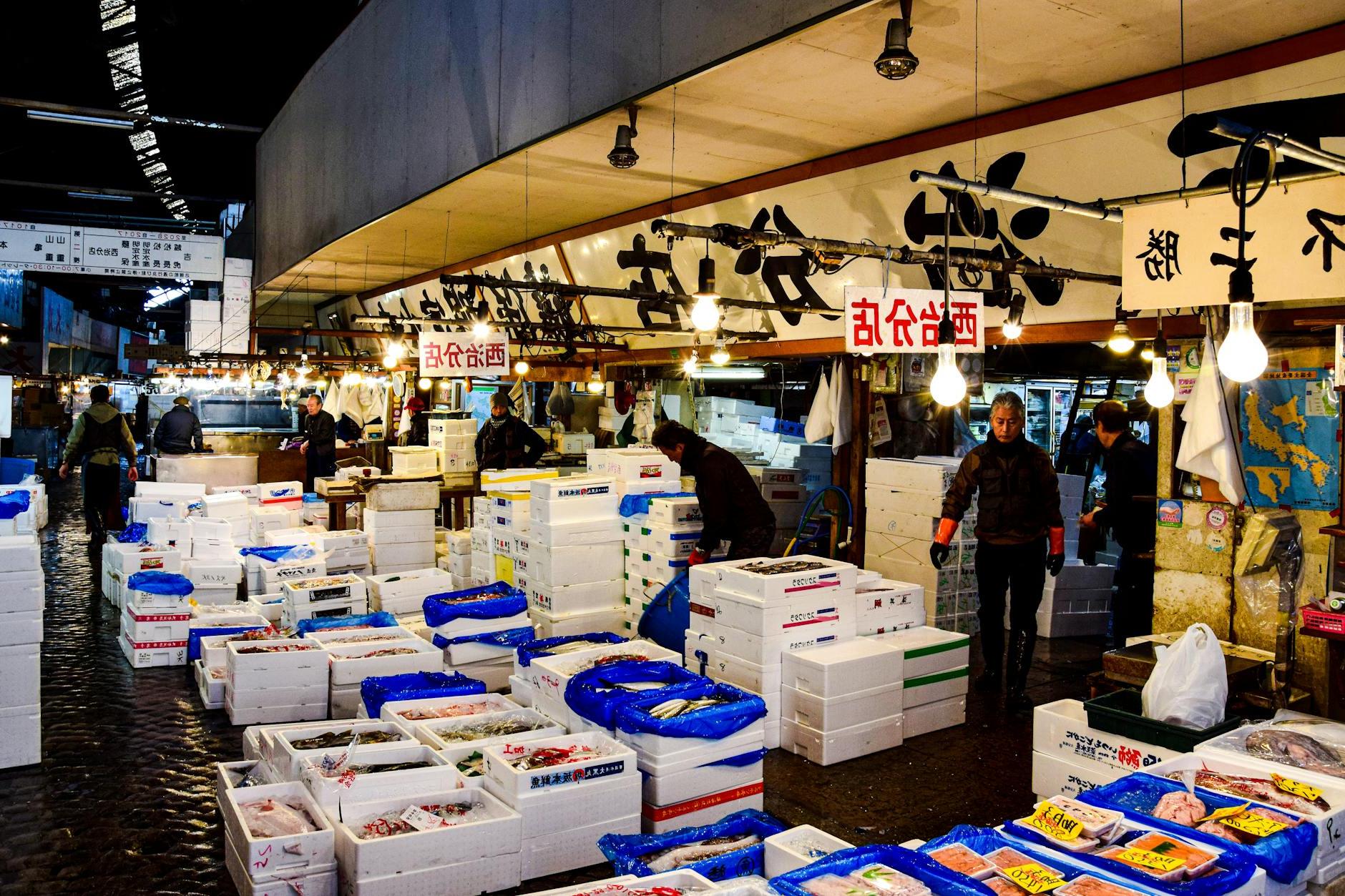
If you’re planning a trip to Tokyo, make it a point to visit the Tsukiji Outer Market, a vibrant and bustling hub of Japanese culinary culture. Why visit? It’s where you can experience the freshest seafood, sample traditional Japanese foods from countless stalls, and shop for unique kitchenware and ingredients. To get there, simply take the Tokyo Metro and alight at Tsukiji Station, which leaves you just a short walk away from the market. As you explore, keep an eye out for the live cooking demonstrations and be sure to try the sushi - it’s said to be some of the best in the world. Remember, the market gets quite crowded, especially in the mornings, so aim to visit early to fully enjoy the vibrant atmosphere without too many people around. Tsukiji Outer Market is not just a place to eat and shop; it’s a cultural experience that offers a taste of Tokyo’s rich culinary heritage.
6. Tokyo Tower
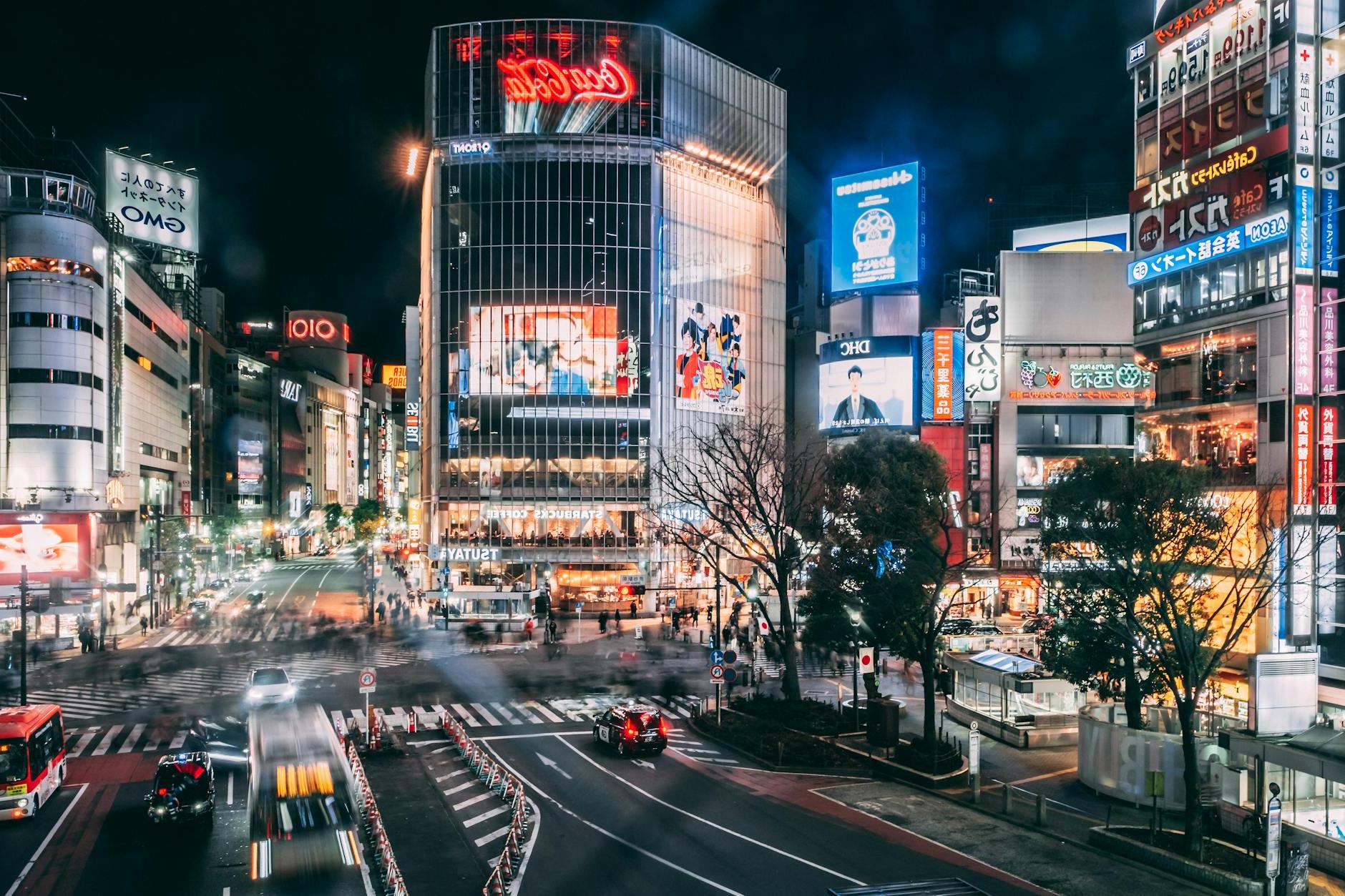
When you find yourself in Tokyo, don’t miss out on visiting the iconic Tokyo Tower. It’s more than just a landmark; it’s a window to the soul of the city. Standing at 333 meters, it offers an unparalleled view of Tokyo, stretching all the way to Mount Fuji on clear days. To get there, the simplest route is via the Akabanebashi Exit on the Oedo Subway Line; it’s just a five-minute stroll to the tower. As you plan your visit, pay special attention to the two observation decks. The Main Deck sits at 150 meters, perfect for cityscapes, while the Top Deck, at 250 meters, presents a breathtaking panorama. Embark on this adventure during the evening for a mesmerizing scene of Tokyo lit up under the night sky. Whether it’s your love for heights, architecture, or just a desire to see Tokyo from above, Tokyo Tower is a must-visit.
5. Meiji Shrine
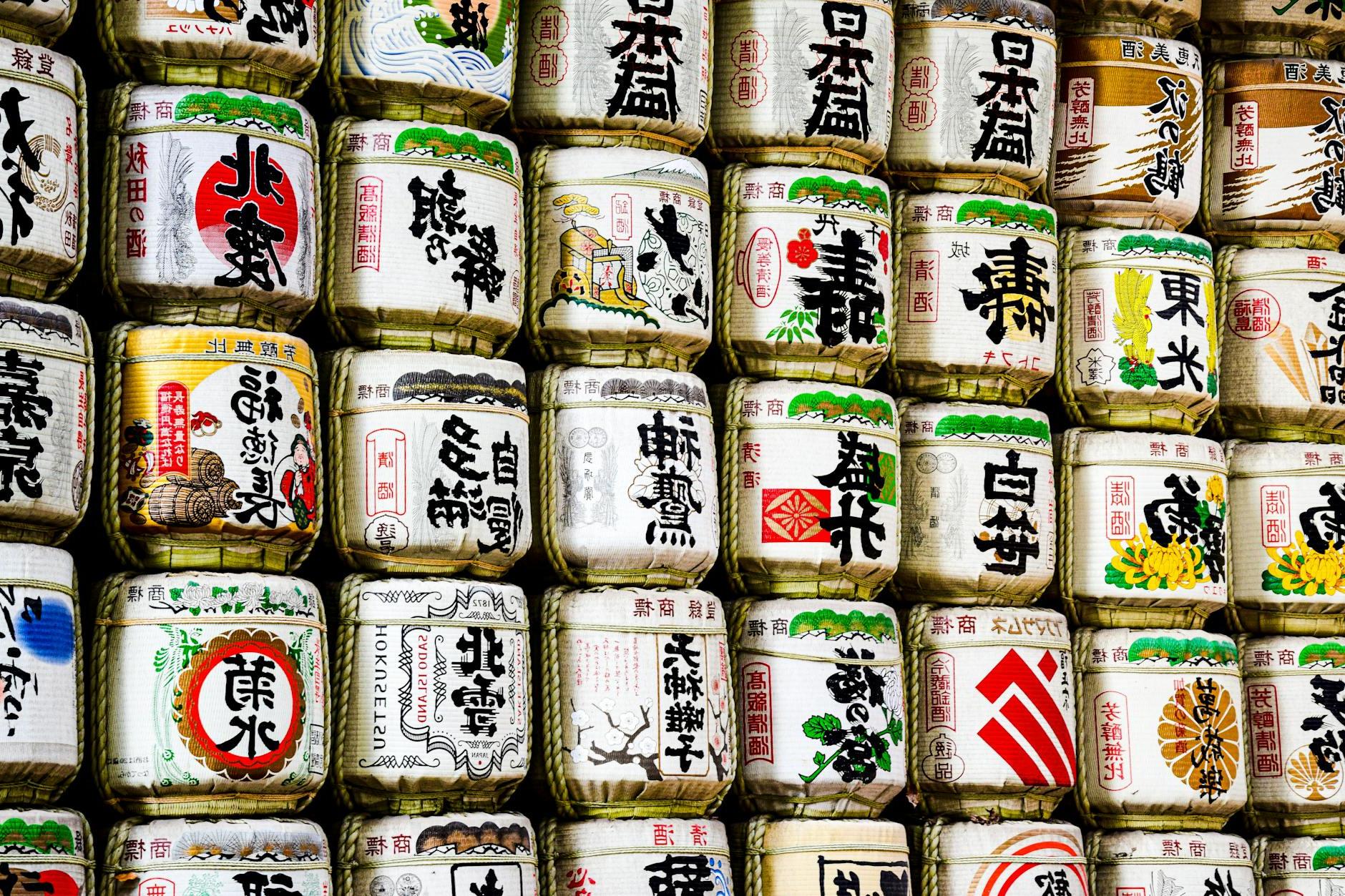
When you find yourself wandering through the bustling streets of Tokyo, seeking a moment of tranquility amidst the city’s lively pace, make your way to the serene Meiji Shrine. Nestled in a lush, evergreen forest, this shrine offers a peaceful retreat where you can immerse yourself in Japan’s rich cultural heritage and Shinto traditions. To visit, simply hop on a train to Harajuku Station on the JR Yamanote Line, and you’ll find the shrine’s grand torii gates welcoming you just a short walk away. As you stroll along the spacious, gravel paths, keep an eye out for the towering display of sake barrels, a testament to the shrine’s importance in Japanese spiritual and cultural life. Don’t miss the chance to experience a traditional Shinto ceremony if your visit coincides with one. The Meiji Shrine isn’t just a site to see; it’s a serene journey into the heart of Tokyo’s historical reverence and respect for nature, making it an essential stop for anyone wishing to connect with the city’s soul.
4. Asakusa and Senso-ji Temple
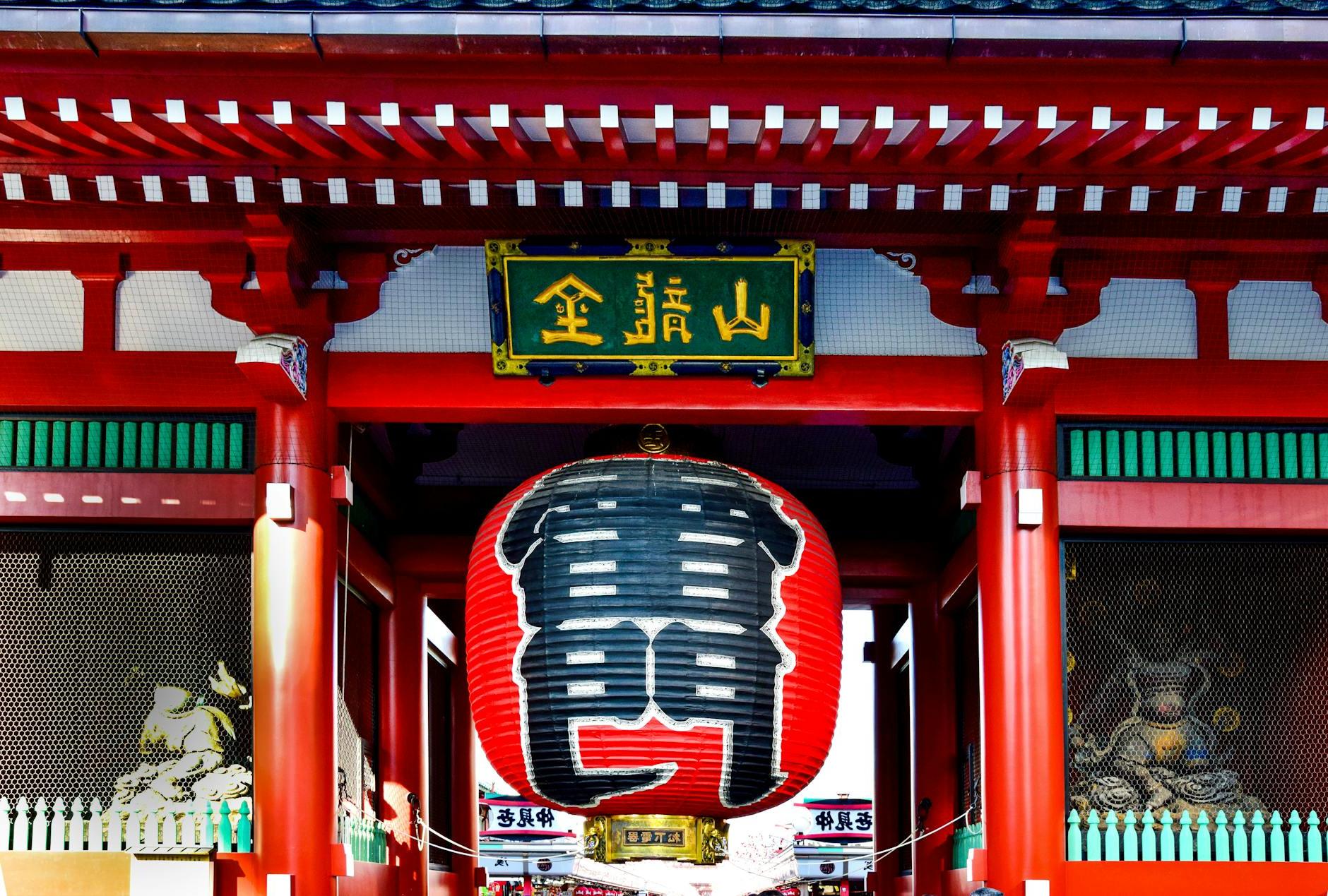
Visiting Asakusa and Senso-ji Temple is like stepping into a vibrant tableau of Tokyo’s past. It’s a must-see for anyone wanting to experience the blend of traditional beauty and bustling energy that defines Tokyo. Senso-ji, located in the heart of Asakusa, is Tokyo’s oldest temple and a beacon of tranquility amidst the city’s fast-paced life. Getting there is easy - just hop on the Ginza or Asakusa subway lines and get off at Asakusa station. From there, a short walk will lead you to the iconic Kaminarimon Gate, the thunder gate, which serves as the entry to a bustling street lined with shops leading up to the temple. Pay attention to the intricate details of the temple and the Five-Storied Pagoda. Also, don’t miss out on sampling traditional snacks from the local vendors. Exploring Asakusa and Senso-ji offers a unique glimpse into Tokyo’s rich history and cultural heritage, making it an unforgettable part of your Tokyo visit.
3. Shibuya Crossing
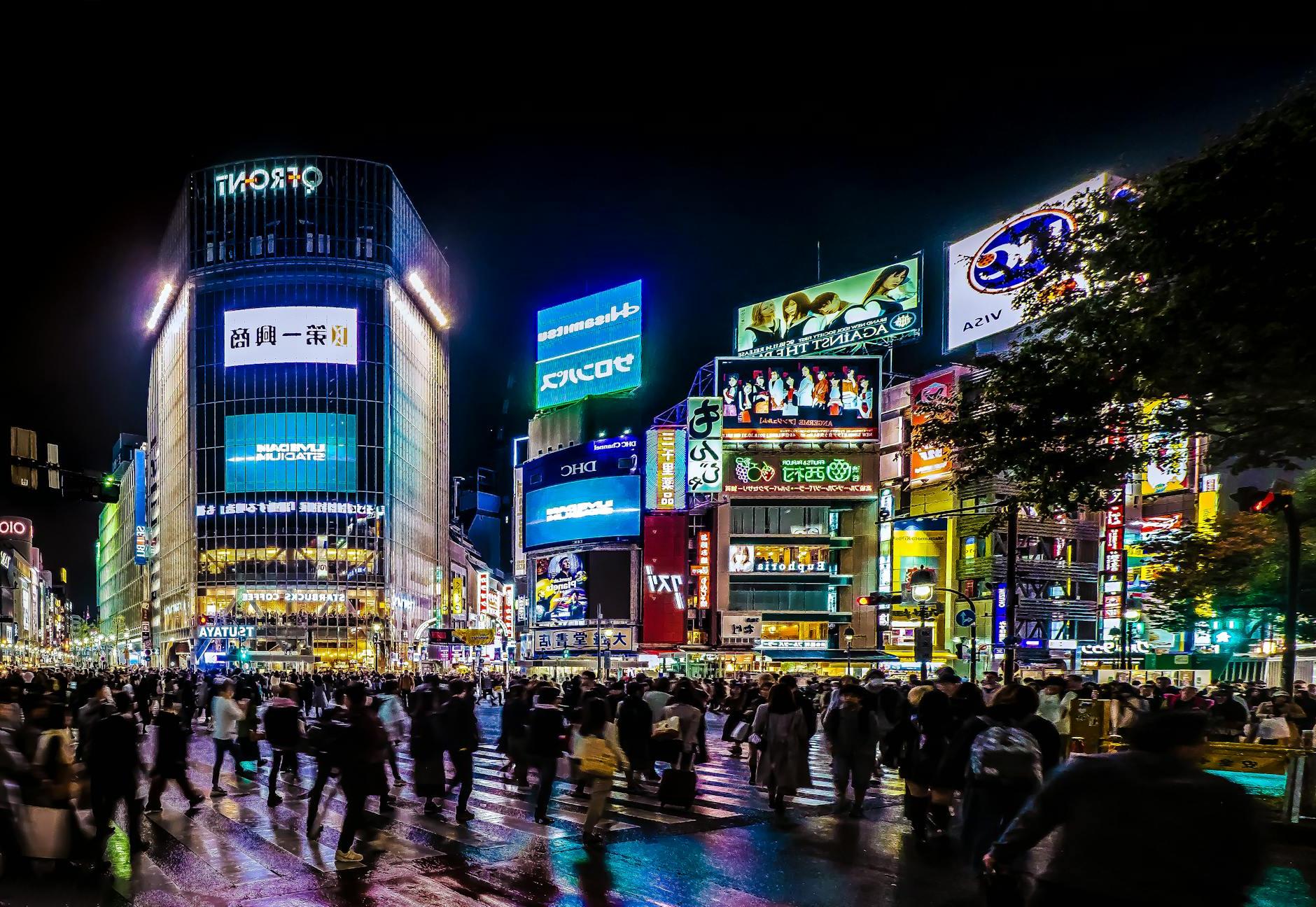
When you’re in Tokyo, visiting Shibuya Crossing is a must-do experience. Known as one of the busiest pedestrian crossings in the world, it’s a spectacle where you can witness the incredible organized chaos that defines Tokyo. Getting there is easy; simply hop on a train and get off at Shibuya Station, which is accessible through the JR Yamanote Line, among others. Once you’re there, take a moment to soak in the bustling atmosphere. Pay special attention to the giant video screens, neon advertisements, and the crowd that comes to life with the green light — it’s like stepping into a real-life movie scene. For the best view, you might want to grab a coffee at the Starbucks overlooking the crossing, but remember it can get crowded, especially during peak times. Don’t forget to take your camera; Shibuya Crossing is not just an intersection, it’s a symbol of Tokyo’s vibrant heart you’ll want to capture and remember.
2. Tokyo Skytree
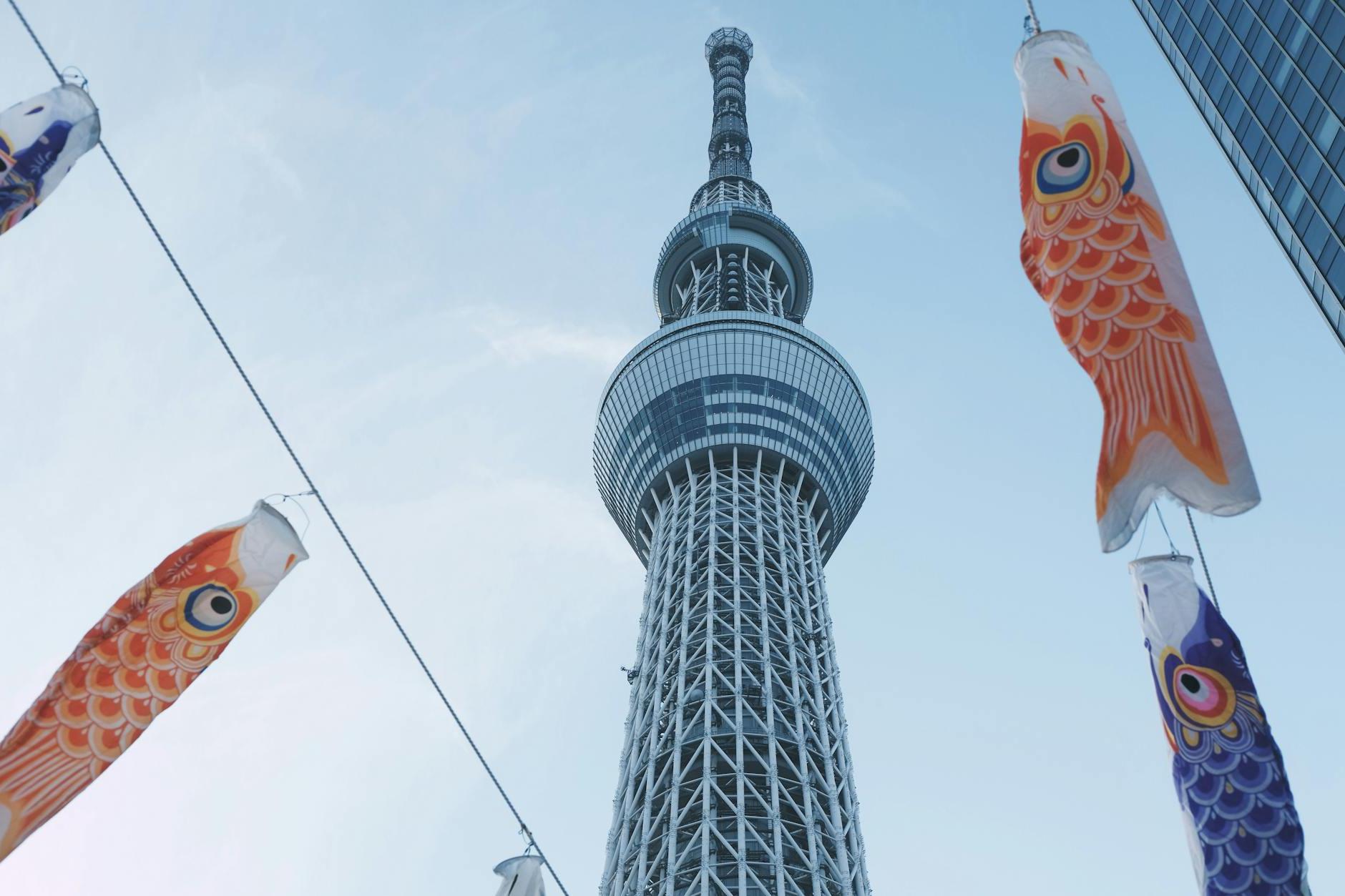
When you’re in Tokyo, the Tokyo Skytree is a must-visit for a mesmerizing view of the cityscape. Rising 634 meters, it’s not just an observation tower but a symbol of Tokyo’s skyline. Getting there is quite convenient; you can take a train to Oshiage Station, and it’s just a short walk from there. Pay special attention to the Tembo Deck and the Tembo Galleria, which offer stunning panoramic views of Tokyo. The lights of Tokyo Skytree change seasonally, so you’re in for a visual treat no matter when you visit. Plus, the tower is surrounded by a shopping complex and an aquarium, perfect for rounding off your visit. Remember to check the weather in advance to ensure clear views and consider buying tickets online to skip the lines.
1. TeamLab Borderless
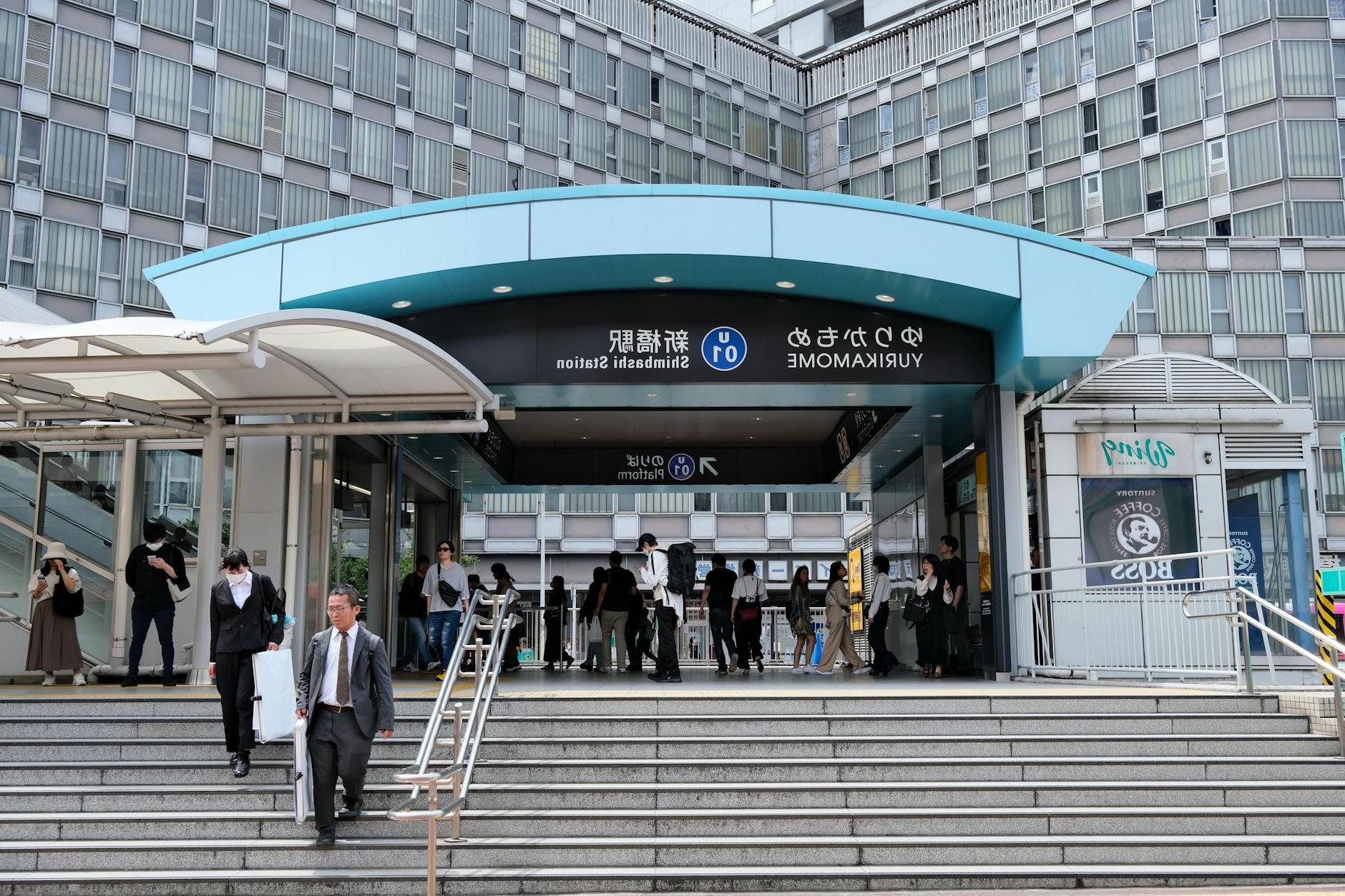
If you’re planning a trip to Tokyo, adding TeamLab Borderless to your itinerary is a must-do. This unique museum blurs the lines between art and technology, creating an immersive world where digital art installations change as they interact with visitors. Imagine stepping into a realm of endless flowers blooming under your feet or galaxies swirling around you – it’s an unforgettable experience. To get there, head to Odaiba, and the easiest way is to take the Yurikamome Line to Aomi Station. From there, it’s just a short walk to the museum. Pay special attention to the museum’s popular attractions like the Crystal World and the Forest of Resonating Lamps. It gets quite crowded, so buy your tickets online in advance to skip the long lines. Also, remember to charge your phone or camera, as you’ll want to capture the surreal beauty of this place. Visiting TeamLab Borderless is not just seeing art; it’s stepping into a world of imagination come to life.
Frequently Asked Questions
1. What is the best time of the year to visit Tokyo?
The best time to visit Tokyo is during the spring (March to May) and autumn (September to November) months. During these periods, the weather is wonderfully mild, and you get to witness the city’s stunning natural beauty. Spring brings the famous cherry blossom season, turning the city into a picturesque landscape of pink and white blooms, while autumn dazzles with vibrant fall colors. If you’re looking for a more economical trip, consider visiting in the winter (December to February) or summer (June to August). Although winter can be cold and summer hot and humid, these months often offer lower travel costs and fewer crowds, making it easier to explore the city without breaking the bank.
2. Should I rent a car in Tokyo?
Deciding whether to rent a car in Tokyo depends on your travel needs and comfort with navigating busy city conditions. Tokyo is known for its complex road network, dense traffic, and limited parking spaces, which can be challenging for visitors. Parking can also be quite expensive and hard to find in popular areas. On the other hand, Tokyo boasts an exceptional public transport system, including subways, trains, and buses, that efficiently connects all parts of the city and its outskirts. These public options are usually more convenient and cost-effective for exploring the city. Taxis are readily available, though they can be pricier, they’re a good choice for direct routes or late-night travel when public transport may be less frequent. Before deciding on renting a car, consider your itinerary, comfort level with city driving, and the convenience public transport may offer for your travels in Tokyo.
3. What are different ways to get to Tokyo?
There are several ways to reach Tokyo, making it easily accessible for travelers. The city is served by two major airports: Narita International Airport, which handles most of the international flights, and Haneda Airport, closer to the city center and offering both domestic and international flights. Once in Tokyo, you can use an extensive public transport network, including buses and trains that connect the city to other parts of Japan and beyond. The Shinkansen, Japan’s high-speed bullet train, is an efficient way to travel from major cities like Osaka and Kyoto to Tokyo, offering a blend of comfort and speed. If you prefer to drive, well-maintained highways connect Tokyo with major cities across Japan, but remember that traffic can be heavy, and tolls can add up. Whether you’re flying in, catching a train, or driving, reaching Tokyo is convenient and offers a chance to enjoy the scenic beauty of Japan along the way.
4. Are there things to do with children in Tokyo?
Absolutely, Tokyo is a playground for kids of all ages! Imagine diving into the colorful world of anime at Studio Ghibli Museum, or marveling at futuristic robots at the National Museum of Emerging Science and Innovation. Don’t miss a magical day at Tokyo Disneyland and DisneySea, where fairytales come to life. For animal lovers, Ueno Zoo offers close encounters with pandas, while the Sumida Aquarium introduces them to underwater wonders. Adventure-seekers will love clambering over the quirky structures at Kurihama Flower Park. With toy stores like Kiddy Land and interactive exhibits at the Edo-Tokyo Museum, Tokyo ensures smiles, amazement, and tons of fun for your little ones!
5. Is Tokyo safe to travel to?
Absolutely, Tokyo is considered one of the safest cities in the world to visit. This bustling metropolis is renowned for its low crime rates and strict laws that ensure the safety of both residents and tourists. However, as with any major city, it’s important to stay cautious in tourist-heavy and crowded areas. Keep your valuables out of sight to avoid drawing unwanted attention, always be aware of your surroundings, and familiarize yourself with local emergency contact information should you need it. By taking these simple precautions, you can enjoy all the wonderful experiences Tokyo has to offer with peace of mind.

